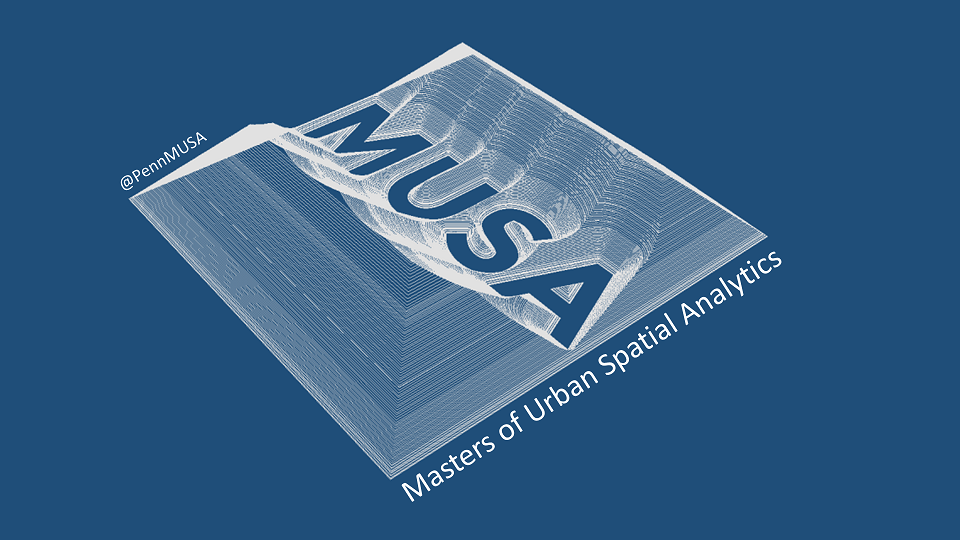ABOUT THIS PROJECT
This project aims to develop a precision forecast model for land cover change at the Chesapeake Watershed. By leveraging high-resolution longitudinal land cover data provided by the Chesapeake Conservancy, the model will predict land cover conversions from pervious to impervious surfaces. This forecast will enable land use and environmental planners to visualize and assess potential impacts on flood risk, heat stress, and heat island risks in the region. The model will be generalizable to the county level, incorporating only widely available inputs, thus allowing any municipality within the Chesapeake basin to replicate the analysis. This proof-of-concept project will demonstrate the utility of precision conservation in climate adaptation and mitigation planning and provide a valuable tool for planners and policymakers across the region.

INTRO TO BACKGROUND
The Chesapeake Bay watershed is an ecologically and economically significant resource, encompassing diverse ecosystems and supporting a multitude of industries, including agriculture, tourism, and fisheries. However, the region is facing increasing environmental challenges due to the combined effects of sea-level rise and land subsidence. As a result, the area has become the second-most vulnerable region in the nation to flooding and storm surge, only after New Orleans. Predicting land cover changes, particularly the conversion from pervious to impervious surfaces, is crucial in addressing these challenges and informing climate adaptation and mitigation planning.
Our project focuses on three distinct counties within the Chesapeake Bay watershed, representing varying development contexts. Portsmouth is the urban prototype characterized by its dense residential, commercial, and industrial areas. James City County exemplifies a suburban context, with a mix of rural, suburban, and urban development and a diverse landscape encompassing forests, wetlands, and historic sites. Lastly, Isle of Wight County represents the rural aspect, predominantly characterized by agriculture, forestry, and extensive natural habitats. By considering these diverse counties, we can develop a comprehensive and generalizable model to predict land cover changes across various regional development scenarios.
The Chesapeake Conservancy supplies us with high-resolution landcover data at 2013/14 and 2017/18 , which is essential for our precision conservation efforts. This data is a vast raster dataset with an impressive 1-meter accuracy, offering 900 times more detail than the commonly used 30-meter resolution National Land Cover Dataset. This level of detail is critical in capturing subtle changes in land use and land cover. Within the landcover classification, pervious surfaces include categories such as tree canopy, shrub, and wetlands, which allow water to infiltrate the ground, while impervious surfaces encompass categories like roads and structures that prevent water infiltration, leading to increased runoff and potential flooding issues. This detailed classification enables us to better understand and predict land cover changes, particularly the conversion from pervious to impervious surfaces.

LEARN MORE
This web tool is developed by Yuewen Dai supported by machine learning models built by Xinge Zhang, Shujing Yi, and Yuewen Dai altogether as part of the project for MUSA801 MUSA/Smart Cities Practicum Course taught by Michael Fichman and Matt Harris in the Master of Urban Spatial Analytics and Master of City Planning Programs at the University of Pennsylvania.
